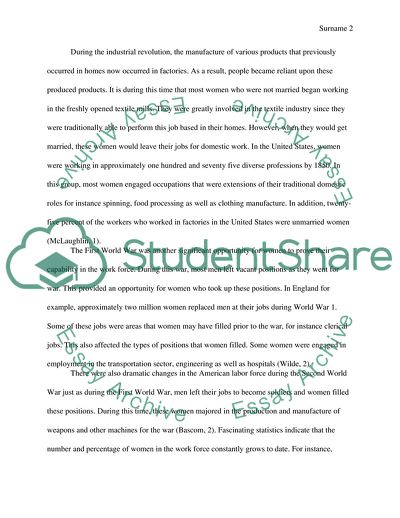Cite this document
(Women in the Workforce Research Paper Example | Topics and Well Written Essays - 1250 words, n.d.)
Women in the Workforce Research Paper Example | Topics and Well Written Essays - 1250 words. https://studentshare.org/social-science/1756409-rosie-the-riveter-women-in-the-work-force
Women in the Workforce Research Paper Example | Topics and Well Written Essays - 1250 words. https://studentshare.org/social-science/1756409-rosie-the-riveter-women-in-the-work-force
(Women in the Workforce Research Paper Example | Topics and Well Written Essays - 1250 Words)
Women in the Workforce Research Paper Example | Topics and Well Written Essays - 1250 Words. https://studentshare.org/social-science/1756409-rosie-the-riveter-women-in-the-work-force.
Women in the Workforce Research Paper Example | Topics and Well Written Essays - 1250 Words. https://studentshare.org/social-science/1756409-rosie-the-riveter-women-in-the-work-force.
“Women in the Workforce Research Paper Example | Topics and Well Written Essays - 1250 Words”. https://studentshare.org/social-science/1756409-rosie-the-riveter-women-in-the-work-force.


